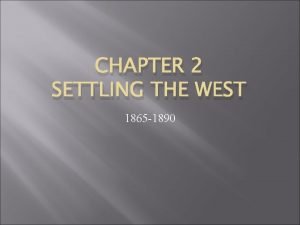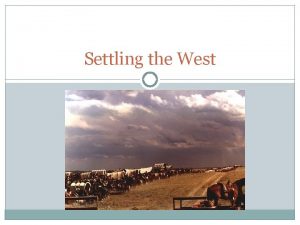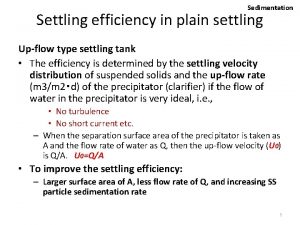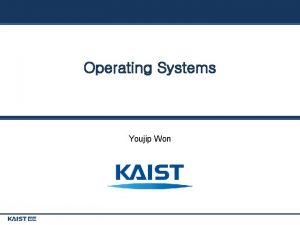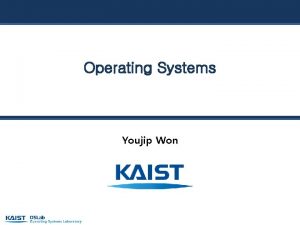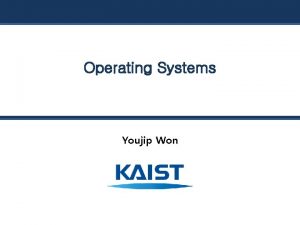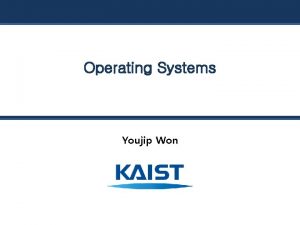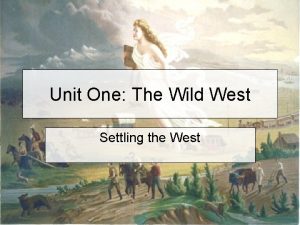Settling the West How The West Was Won













- Slides: 13

Settling the West: How The West Was Won US History Objectives: 1. Explain the relationship among territorial expansion, westward movement of the population, new immigration, growth of cities, the role of the railroads, and the admission of new states to the United States. 2. Describe the transformation of the American economy from a primarily agrarian to a modern industrial economy and identifying major inventions that improved life in the United States.

Why Go West? 1. New Life after the Civil War 2. Opportunity Mining – Gold and Silver b. Free Land – Farming c. Cattle Ranching a.

Going to the Great Plains �Grassland region (Midwest) �Tall, thick grass �Hot in the summer, cold in the winter �Little water �Few trees �Lots of buffalo

Technology Facilitates Migration West �New Methods create a Wheat Belt – KS, NE, N/S D, MT �Sodbusters - homes �Dry farming �Windmill – consistent water source �Steel plow �Mechanical harrow – harvest wheat �Mechanical Reaper �RAILROADS

Technology Creates New Markets �Farming and Ranching become profitable �Railroads bring crops and cattle to cities �Great Plains and Rocky Mountain regions no longer unsettled frontier by 1900

Homestead Act (est. 1862) Free land to settlers who live on land for 5 yrs and farm �poor Southerners and African Americans go West seeking opportunity after the Civil War

The American Cowboy Cattle Ranching becomes profitable – BUT – gotta get the cows to the markets Cattle drives �take longhorns hundreds of miles to train depots in Kansas/Missouri to be transported to larger cities for “SOME GOOD EATING” �Open Range – no fences yet – cattle roam the plains feeding

Barbed Wire (invented 1874) �Open range changed to fenced-in ranches �Ends the Cowboy and cattle drive era

Plains Indian Wars (1860 s-1890 s) �USA vs. Natives for control of Plains

The Buffalo �Natives main food source �Hunted to near extinction by US Gov’t to eliminate the Native Americans

The Battle of Little Big Horn (June 25, 1876) �Custer’s Last Stand – attacked thousands of Sioux Indians and lost �Angered Americans against Natives

Violent Intensifies �US sends in more troops �Slaughter Native American tribes �Sand Creek / Wounded Knee – unarmed women and children killed by US troops

The Reservation System �Native Americans lose land their way of life �Forced onto Reservations �Dawes Act – created to assimilate Native Americans into mainstream American Culture
 Chapter 2 settling the west
Chapter 2 settling the west Settling the west part 2 packet- farming the plains
Settling the west part 2 packet- farming the plains Settling velocity
Settling velocity Rectangular primary clarifier
Rectangular primary clarifier Where can we find rotating arm sprays in sewage treatment
Where can we find rotating arm sprays in sewage treatment Chapter 4 settling disputes
Chapter 4 settling disputes Dominant poles
Dominant poles Calculating overshoot
Calculating overshoot Examples of flotation and settling
Examples of flotation and settling An ideal horizontal flow settling basin
An ideal horizontal flow settling basin Fcs underdamped graph
Fcs underdamped graph Settling velocity stokes law
Settling velocity stokes law Account transfer in front office
Account transfer in front office Gravitational settling chamber
Gravitational settling chamber
